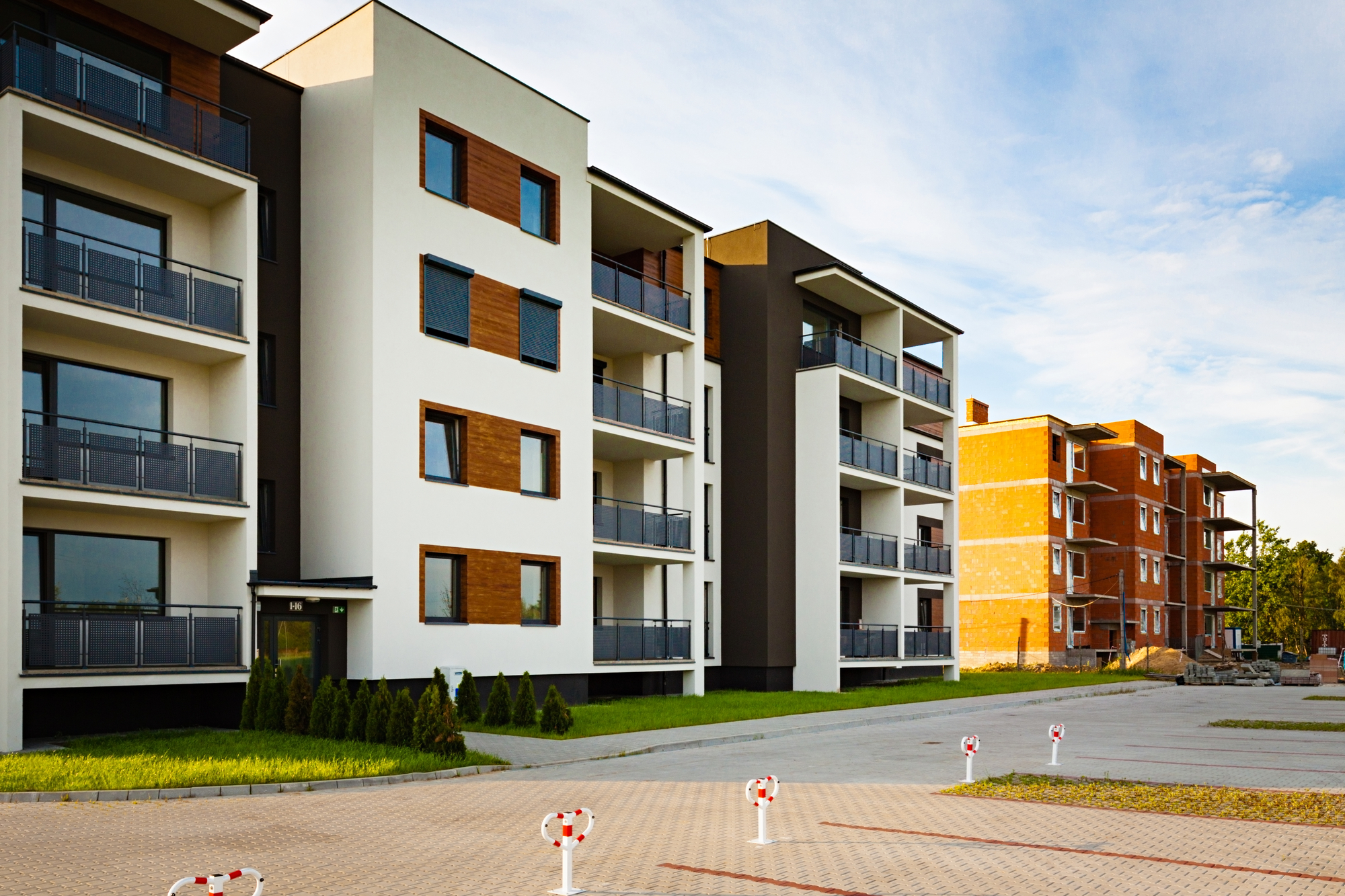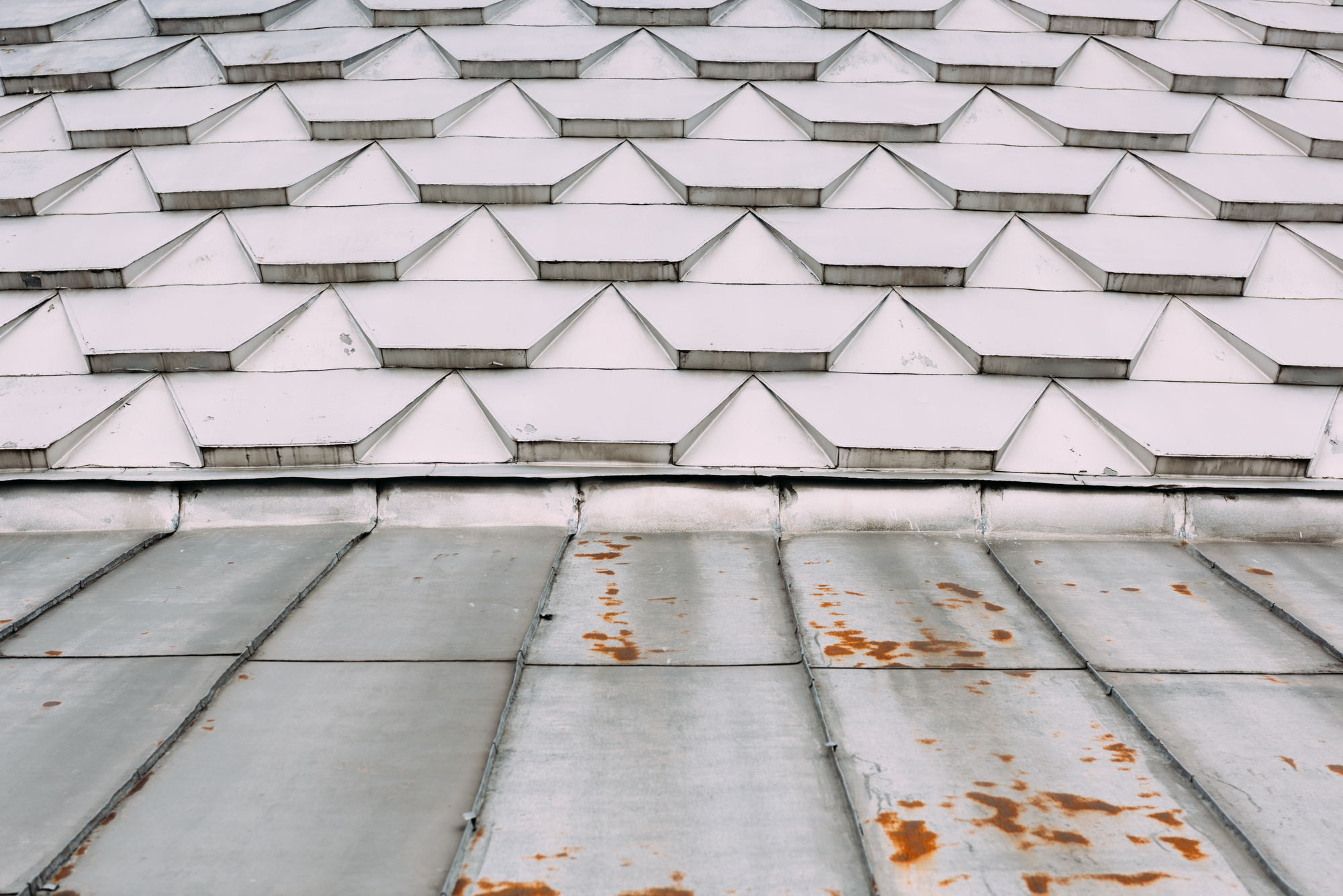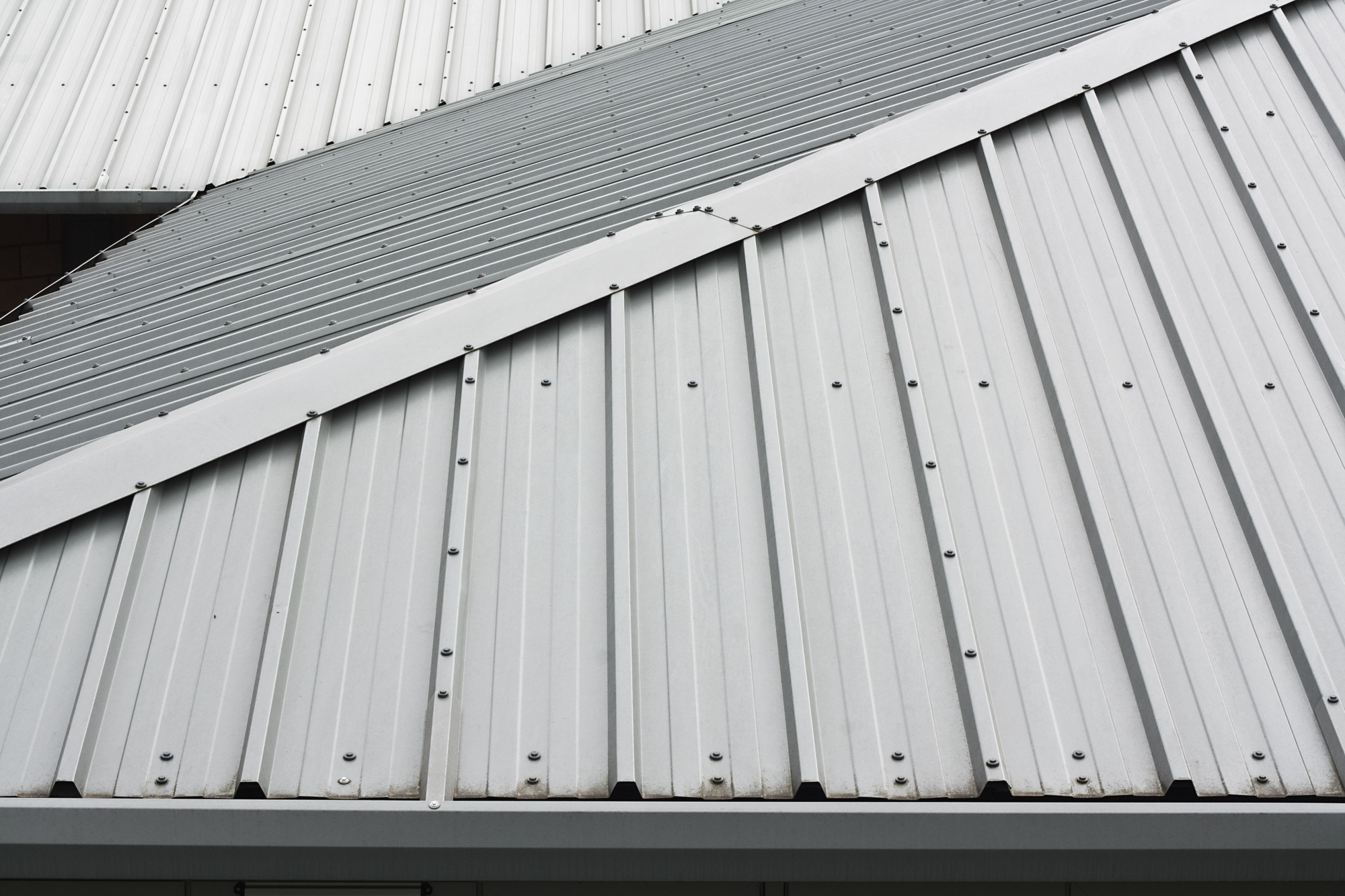Many commercial property owners make the initial mistake of prioritizing aesthetics when selecting a roofing system. While a visually appealing roof contributes to a building's curb appeal, neglecting functionality can lead to a multitude of problems down the line.
Leaks, compromised structural integrity, and energy deficiencies are just a few of the consequences that can arise from prioritizing form over function in commercial roof design.
The optimal approach lies in achieving synergy between design and functionality. Here, we discuss how, by carefully considering both aspects during the planning and selection process, commercial property owners can ensure their multifamily roofing system provides the necessary protection, performance, and aesthetics for their buildings.

Importance of Functionality in Commercial Roofing
Waterproofing
The primary function of a commercial roof is weatherproofing. The roof acts as the building's first line of defense against the elements, safeguarding the building envelope from rain, snow, wind, hail, and other environmental factors.
Failure to achieve proper waterproofing can lead to a variety of problems, including:
- Water infiltration: Water intrusion into the building envelope can cause significant damage to interior finishes, furnishings, and structural components. It can also lead to mold growth, wood rot, and costly repairs.
- Corrosion: Water exposure can accelerate the corrosion of metal components within the roof system and the building structure itself.
- Thermal performance degradation: Water accumulation within the roof assembly can negatively impact the building's thermal insulation properties, resulting in increased energy consumption for heating and cooling.
Common choices for commercial roof waterproofing include:
- Modified bitumen membranes: These multi-layered membranes offer excellent waterproofing capabilities and are highly resistant to UV radiation and extreme temperatures.
- Thermoplastic polyolefin (TPO) single-ply systems: TPO membranes are lightweight, energy-efficient, and offer good durability and weldability.
- Ethylene propylene diene terpolymer (EPDM) membranes: EPDM is a cost-effective option known for its flexibility, ease of installation, and resistance to ponding water.
Structural Integrity
Beyond weatherproofing, the roof also contributes significantly to the structural integrity of the building.
The chosen roof design and materials must be able to support the anticipated dead loads (the weight of the roof itself and any permanent fixtures) and live loads (snow accumulation, rain, wind, maintenance personnel).
Dead load calculations consider the weight of the roofing membrane, insulation materials, structure, and any additional permanent fixtures on the roof.
Conversely, live load calculations consider the weight of snow accumulation based on the building's location, wind uplift pressures, and the weight of maintenance personnel during roof inspections or repairs.
Failure to consider these load capacities can lead to:
- Roof deflection: Excessive loads can cause the roof to sag or deflect, compromising its functionality and leading to structural damage.
- Roof collapse: In extreme cases, exceeding the roof's load capacity can lead to catastrophic failure and roof collapse, posing a significant safety hazard.
Energy Efficiency
Energy efficiency has become a critical concern for businesses in today's world. The design and material selection of a commercial roof is a decisive factor a building's energy consumption because it provides the following:
- Thermal insulation: A properly insulated roof assembly minimizes heat transfer between the building's interior and exterior. This reduces the demand for heating and cooling systems, resulting in lower energy costs.
- Solar reflectance: Cool roof systems utilize reflective materials that reflect solar radiation away from the building, reducing heat absorption within the building envelope. This translates to lower cooling demands, particularly in hot climates.
- Ventilation strategies: Proper ventilation of the roof assembly can help dissipate heat buildup and improve the thermal performance of the building.
Several factors can be considered during the design phase to optimize the roof's energy efficiency:
- Roof insulation type and thickness: Selecting the appropriate insulation material and thickness is crucial for achieving optimal thermal performance. For instance, thicker fiberglass batts provide greater insulation compared to thinner ones, while rigid polyisocyanurate boards offer superior thermal resistance in a thinner profile, saving valuable roof space.
- Roof slope: The slope of the roof can impact its solar reflectance properties. Steeper slopes tend to reflect solar radiation more effectively than flat roofs.
- Roof membrane selection: Certain roofing membranes offer higher solar reflectance properties than others. Cool roof membranes are specifically designed to reflect sunlight and minimize heat absorption.
Durability
Durability and longevity are paramount considerations when selecting a commercial roof system. The chosen materials and design should be able to withstand harsh weather conditions, including:
- Extreme temperatures: Commercial roofs are exposed to a wide range of temperatures throughout the year. The chosen materials must be able to withstand these fluctuations without cracking, warping, or losing their waterproofing capabilities.
- UV radiation: Constant exposure to ultraviolet radiation from the sun can degrade certain roofing materials over time, such as asphalt shingles and PVC membrane. Selecting materials with high UV resistance ensures a longer lifespan for the roof system.
- High winds: Wind uplift can put significant stress on a roof assembly. The chosen design and materials must be able to withstand anticipated wind loads to prevent roof membrane tears, flashing dislodgement, or structural damage.
Investing in a durable roof system minimizes the need for frequent repairs and replacements, reducing overall maintenance costs and downtime for the business. Here are some additional factors to consider for maximizing roof longevity:
- Proper installation: The performance and longevity of any roof system are highly dependent on proper installation techniques. Therefore, you must select a qualified roofing contractor with experience in installing the chosen roof system.
- Regular maintenance: Implementing a proactive roof maintenance program that includes routine inspections and minor repairs can help identify and address potential problems before they escalate into major issues.
- Warranty coverage: Selecting a roofing system with a comprehensive warranty provides additional peace of mind and can help to offset the costs of unexpected repairs during the warranty period.

Ways to Balance Roofing Design and Functionality
Aligning Design with Building Aesthetics
Commercial roofs contribute to a building’s architectural appeal. Several design options can be explored while prioritizing functionality:
- Roof Shape and Slope: Flat roofs offer a modern and sleek aesthetic, while sloped roofs are more traditional and can be visually appealing in certain architectural styles. The chosen slope also impacts drainage capabilities; steeper slopes provide better drainage, particularly in areas with high rainfall.
- Material Selection: A variety of roofing materials offer different aesthetic options. Metal roofs come in various colors and finishes, while slate or tile roofs can create a classic, timeless look. However, material selection should not solely focus on aesthetics; factors like durability, weather resistance, and maintenance requirements must also be considered.
- Architectural Elements: Certain architectural elements can enhance a roof's visual appeal while contributing to functionality. Parapets on flat roofs provide a finished look and can also conceal roof-mounted equipment. Decorative cornices or soffits on sloped roofs can add visual interest while also aiding in ventilation.
- Color Coordination: Selecting a roof color that complements the building's existing color scheme creates a cohesive and striking exterior. For example, a cool-toned metal roof might complement a building with a modern, minimalist aesthetic, while a warm-toned clay tile roof could enhance a traditional architectural style.
Optimizing Roof Maintenance
The design of the roof can significantly impact the ease and cost of maintenance. Here are some factors to consider:
- Material Selection: Choosing materials with low maintenance requirements, such as metal roofs, can minimize ongoing maintenance needs. However, even low-maintenance materials still require periodic inspections and cleaning.
- Accessibility: The design should include designated walkways and strategically placed access points for safe and easy access by maintenance personnel. This facilitates routine inspections and repairs, helping identify and address problems before they escalate.
- Drainage Design: A well-designed drainage system efficiently removes rainwater and melted snow from the roof. This feature also prevents ponding water, which can lead to leaks and potential roof damage. Moreover, commercial property owners must schedule regular gutter and downspout cleaning to maintain proper drainage.
Not Neglecting Roof Pitch
The roof pitch, or slope, refers to the angle of inclination of the roof plane from the horizontal. A flat roof has a pitch of zero degrees, while steeper roofs have a greater pitch angle. Here's a breakdown of some key considerations:
- Drainage: Steeper slopes allow for faster and more efficient water drainage, which is particularly important in areas with high rainfall. However, this doesn't necessarily mean the steepest slope is always best. Extremely steep roofs can be more challenging to access for maintenance and may require additional fall protection measures for workers.
- Snow Load: In areas with heavy snowfall, a steeper pitch is often preferable as it allows snow to slide off more easily. Flat roofs or roofs with minimal slope may require additional support structures to handle the weight of accumulated snow, which can impact the overall design.
- Wind Uplift: High winds can put significant uplift pressure on a roof. Lower-pitched roofs generally experience less wind uplift compared to steeper ones. In windy regions, this may influence the chosen pitch to ensure the roof can withstand the wind forces.

Interested in Quality Multifamily Roofing Systems for Your Commercial Properties?
BlueTeam goes beyond roofing; we offer expert installation and repairs to ensure your commercial roof's optimal performance. Furthermore, our building restoration and reconstruction services make us your one-stop shop for all your commercial property's needs.
Contact us today and discover how we can elevate your commercial space with long-lasting roofing solutions and exceptional service.


